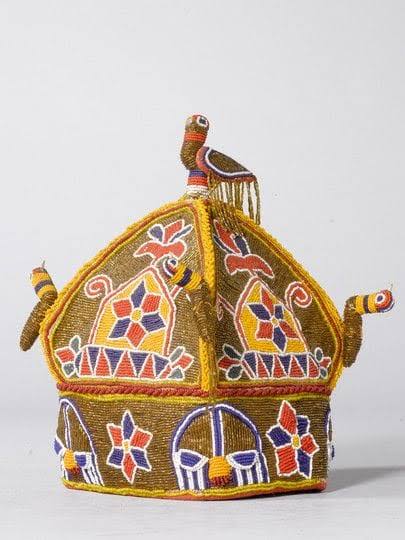
The recent crash of CBEX, a digital asset trading platform that allegedly vanished with over ₦1.3 trillion, has once again exposed the vulnerability of Nigerians to fraudulent investment schemes.
CBEX promised an eye-popping 100% return on investment within 30 days, but like many before it, the platform collapsed suddenly—leaving thousands of investors stranded.
While this might sound like a new phenomenon, Ponzi schemes have plagued Nigeria for over a decade, preying on people’s desperation for quick wealth.
Here is a list of some of the most infamous Ponzi schemes that swept across Nigeria over the years, leaving behind tales of broken trust and financial ruin:
- MMM
MMM was one of the most notorious Ponzi schemes in Nigeria, promising returns of up to 30% within 30 days. It operated as a peer-to-peer donation platform without any real investment backing. When it crashed in late 2016, millions of Nigerians lost their money, highlighting the dangers of unregulated financial schemes.
- Twinkas
Twinkas promised participants double their investment within a short period, using a referral-based model to drive growth. Like many Ponzi schemes, it relied on new users funding returns for older ones. It gained traction quickly but eventually collapsed, leaving many participants in financial distress.
- Ultimate Cycler
Ultimate Cycler operated on a matrix system where participants were required to pay into the system and recruit others to earn returns. It gained popularity due to low entry costs but failed to sustain itself. Many users were unable to cycle out and recover their initial investments.
- Givers Forum
Marketed as a mutual aid community, Givers Forum encouraged users to “help” others financially in exchange for future “help.” It mimicked MMM’s structure and made similar promises of high returns, but like others, it couldn’t survive once the inflow of new participants slowed down.
- I-Charity
I-Charity branded itself as a global donation platform where people gave money and received more in return. It used a multi-level referral structure to lure in members. Although framed as a charitable initiative, it ultimately collapsed due to its unsustainable model.
- Crowd Rising
Crowd Rising focused on peer donations and mentorship-based recruitment. Members had to donate to higher-ranking users to qualify for receiving donations. It was promoted as a crowdfunding opportunity but quickly showed signs of being a classic Ponzi setup when withdrawals became impossible.
- Clarrita
Clarrita presented itself as a unique opportunity for financial growth, with participants asked to make donations in exchange for profits. It used persuasive marketing and community language to attract users but failed to deliver on its promises once new recruits dwindled.
- Smile2Charity
Smile2Charity offered high returns for small donations, positioning itself as a charitable cause. Its pyramid-style structure meant only top-level participants benefited. It eventually went silent, leaving late joiners with significant losses.
- Help2Get
Help2Get was another donation-based scheme with promises of quick and massive returns. It operated without any regulation or transparency. Once growth stalled, the system collapsed, proving once again the risk of such unverified platforms.
- Get Help World Wide
Get Help World Wide was one of the better-known offshoots of MMM, using a similar “provide help, get help” format. It gained a large following and ran parallel schemes in different countries before folding under the pressure of payouts.
- Donation Hub
Donation Hub encouraged users to donate to others with the assurance of receiving double in return. It portrayed itself as a community-driven platform but failed to maintain user trust as complaints about payment delays and scams grew, leading to its downfall.





